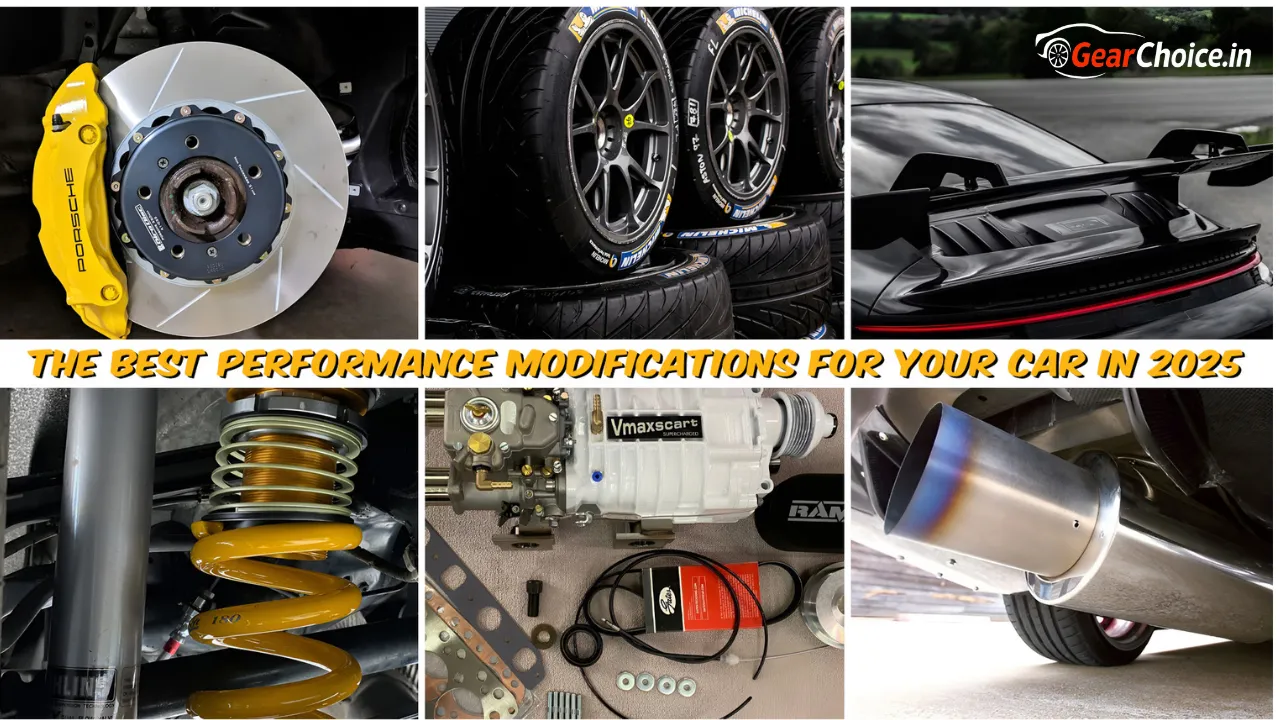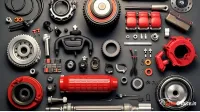The Science Behind Performance Parts: Understanding Horsepower Gains
Wondered how in the world something as simple as swapping out one little component can tack on extra horses under your hood? You’re certainly not alone. No, increasing horsepower is not magic at all … rather, it is a simple game of air flow, fuel delivery, and mechanical efficiency. Read on as we break down the science of common performance parts and show you how each upgrade translates into that measurably ‘more horses’ on the dyno.
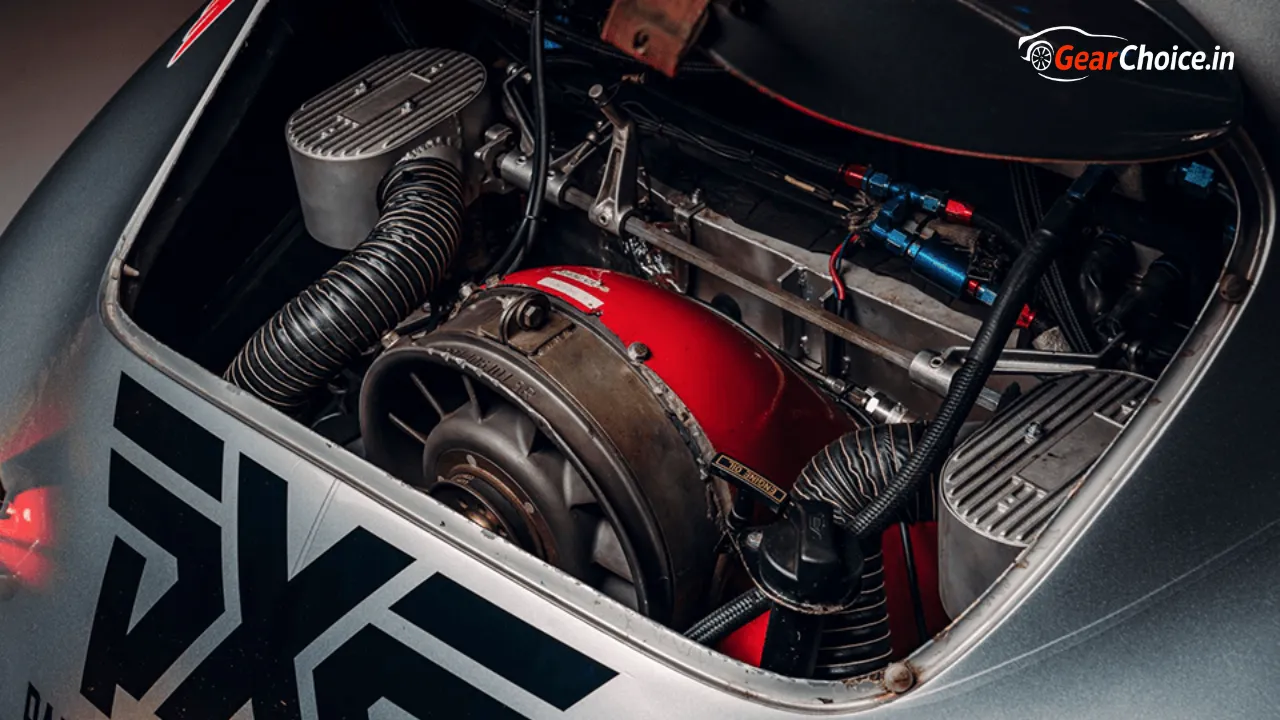
1. What exactly is horsepower?
"Horsepower" is a unit of power that measures how much work an engine can do over time. In automotive terms, this is the rate at which your engine converts fuel into motion. The more horsepower you have, the faster your car can accelerate and the higher its potential top speed.
Mechanical horsepower: Originally defined by James Watt, it is roughly equivalent to 746 watts.
S.A. E.-rated horsepower: The standardized figure you see on the dyno sheet is the accounting for drivetrain losses.
Understanding this helps explain why each change that makes your engine more efficient can add real-world power.
2. Air flow: The foundation of power engines are essentially air pumps
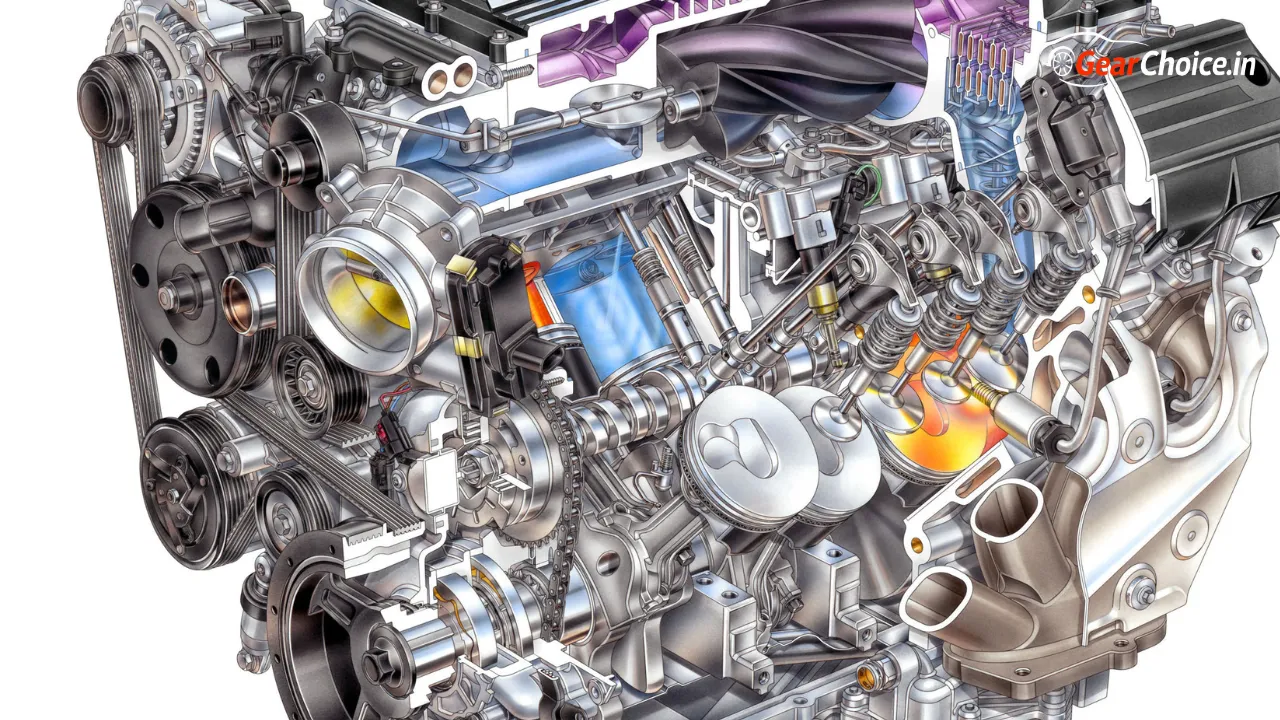
To make more horsepower, they need to breathe better.
3. Cool Air Intake: Pull cool, dense air from outside the engine bay
Dense air contains more oxygen, which burns more fuel in the combustion chamber.
4. High Flow Air Filter: Reduce the restriction by using less dense filter media
Allowing air to get in faster.
5. Throttle Body Upgrades: A larger throttle plate opens more quickly and stays open longer
Making airflow smoother at higher rpms.
Each of these modes can only improve flow by 5-10%, but together they set the stage for big gains downstream.
6. Exhaust Efficiency: Let the spent gases escape
It is equally important to let the air in as well as the exhaust out.
Header: Replace restrictive factory manifolds with smooth, uniform length tubing. Better cleaning of spent gases reduces back pressure and increases volumetric efficiency.
Cat-back exhaust system: Remove stock piping and mufflers, often swapping to large-diameter tubing and freer-flowing mufflers. A 2" increase in pipe diameter above 4,000 rpm can give noticeable gains.
High Flow Catalytic Converters: If your region allows it, these reduce the restriction while breaking down the emissions.
Improving exhaust flow can often add another 5-15 hp, especially at the top end of the rev range.
7. Fuel delivery and engine management
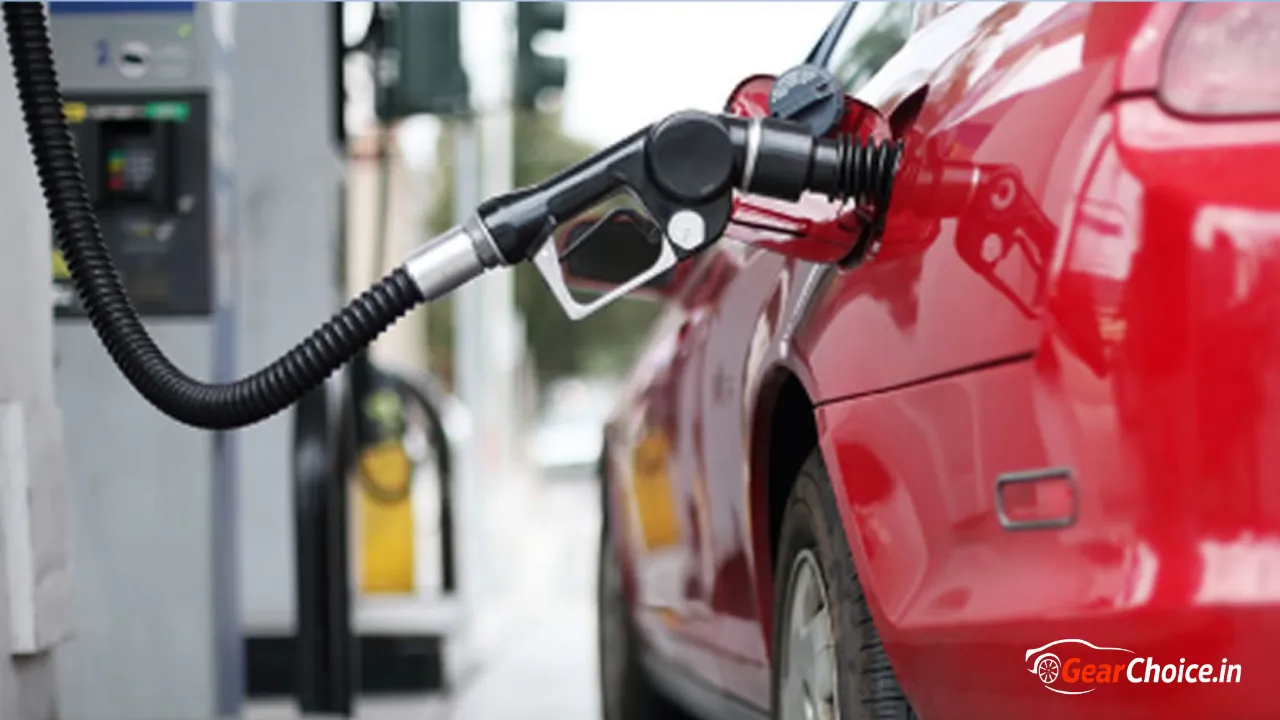
Adding more air means you need more fuel and the right amount of time to extract the maximum power.
Fuel injectors and pumps: Advanced injectors provide a higher flow rate, preventing fuel loss at wide-open throttle.
Engine Control Unit (ECU) Tuning: A custom tune adjusts the air/fuel ratio and ignition timing, ensuring you're running the optimal mix for power and safety.
Piggyback or standalone tuning module: Offer plug-and-play map switching for different fuel types or boost levels.
Without proper fuel delivery and tuning, even the best intake and exhaust parts can take you so far.
8. Forced Induction: Supercharging your output
For the greatest benefit, many enthusiasts turn to turbochargers or superchargers.
Turbochargers: Use the exhaust gas energy to turn a turbine, packing more air into the engine. A good-sized turbo stock can add 100-200+ hp on the bottom end.
Superchargers: Belt-driven compressors provide an immediate boost without any lag, although they do draw some power from the crankshaft. Root or twin-screw designs can reliably add 40-60 hp on a stock engine.
Forced induction multiplies the importance of cooling, fuel delivery and internal parts of the engine. Here there is a risk of damaging the engine by cutting the corners.
9. The internal upgrades
If you plan to push more than 20-30% horsepower on the stock, you will need to strengthen the engine:
Forged pistons and rods: handle high cylinder pressure without cracking.
High-performance cams: Change valve timing and lift to improve airflow over specific rpm bands.
Strong bearings and gaskets: prevent failures under excessive heat and pressure.
These parts aren't cheap, but they ensure that your engine survives longer under more stress.
10. Measuring Profit: The Role of the Dyno
Finally, a modern chassis dynamometer measures wheel horsepower and torque, giving you hard numbers:
Baseline run: Test the car's stock to establish a reference point.
Incremental testing: Add one mod at a time - air filter, then exhaust, then tune - and log the results after each change.
Data analysis: Look at the torque curve and horsepower ramp to see where your engine breathes best.
The Diane test not only proves the value of each upgrade but also helps your tuner refine maps for extreme performance and security.
11. Putting it all together
in the end, each performance part plays a specific role:
Intake and Exhaust: Improve airflow in and out.
Fuel and Tuning: Balance the air with the right amount of fuel and spark.
Forced induction and internal: multiply the air/fuel and strengthen the structure of the engine.
Measure: Use the dyno

